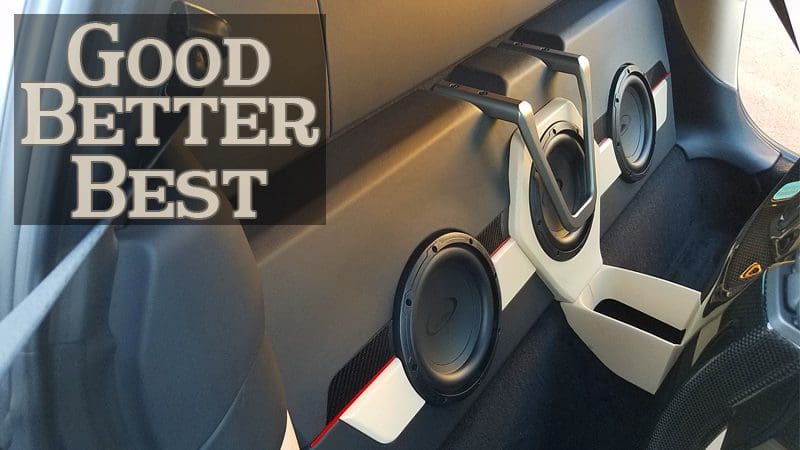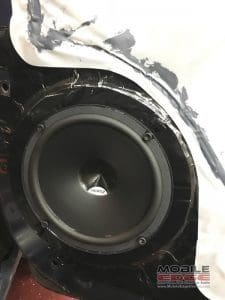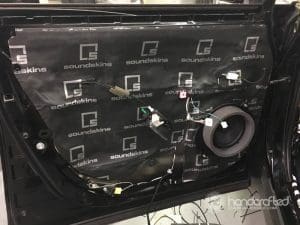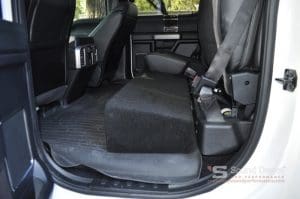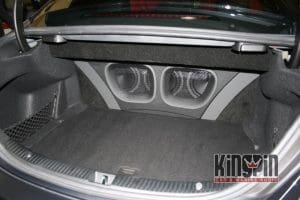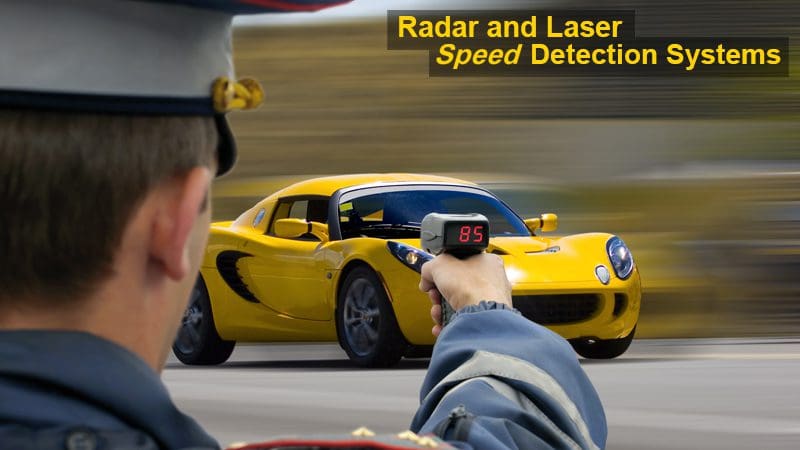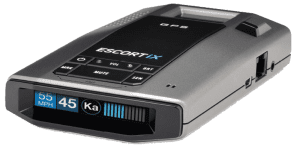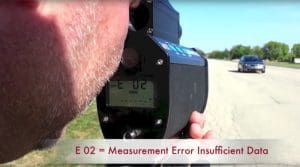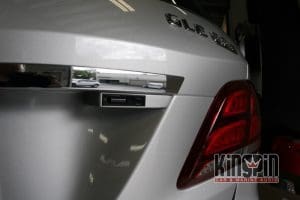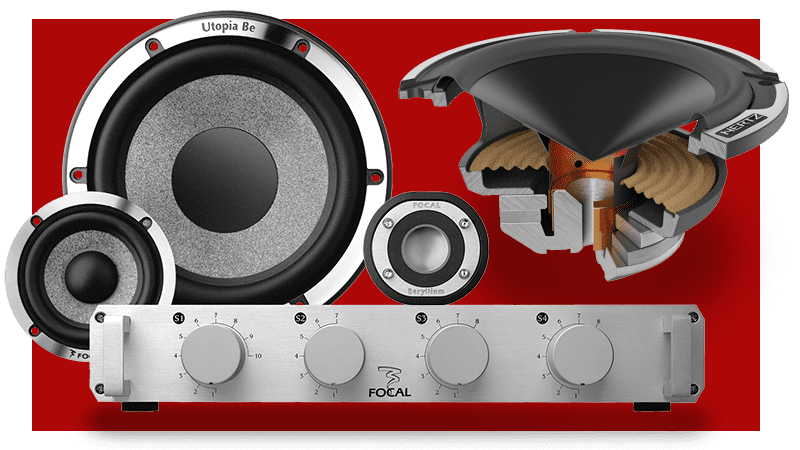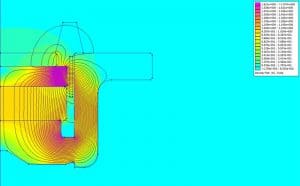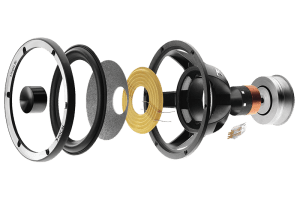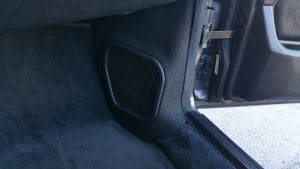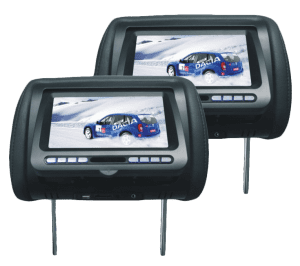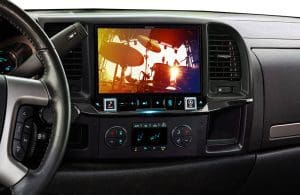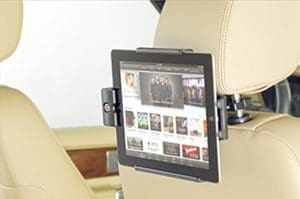Though there are dozens, if not hundreds, of marine source unit options on the market, very few are designed with audio performance as their primary consideration. To this end, the Hertz Capri H100 features support for modern high-resolution audio file playback and premium Bluetooth streaming connectivity. Combined with a large color display, this is the marine source to consider for those who care about sound quality. Let’s check it out!
Hertz Capri H100 Design and Features
The H100’s focal point is its large 4.3-inch color TFT IPS display. The In-Plane Switching (IPS) technology dramatically improves off-axis viewing clarity to ensure the displayed information is visible even when the radio is mounted at an angle. Aside from the usual audio source information display, the Capri has a camera input that could help with docking a larger boat.
A rotary volume encoder is located on the left side of the front panel, making control easy and intuitive. Rubberized buttons above and below the control handle source selection, track selection and menu access.
The H100 radio has a slender rear chassis and an oversized face. The face measures roughly seven inches wide and four inches tall. The cutout for the chassis needs to be six by 2.5 inches. The chassis will protrude about 5 inches behind the mounting surface. The front panel has an IP67 rating, so it can handle getting splashed without fear of water damage.
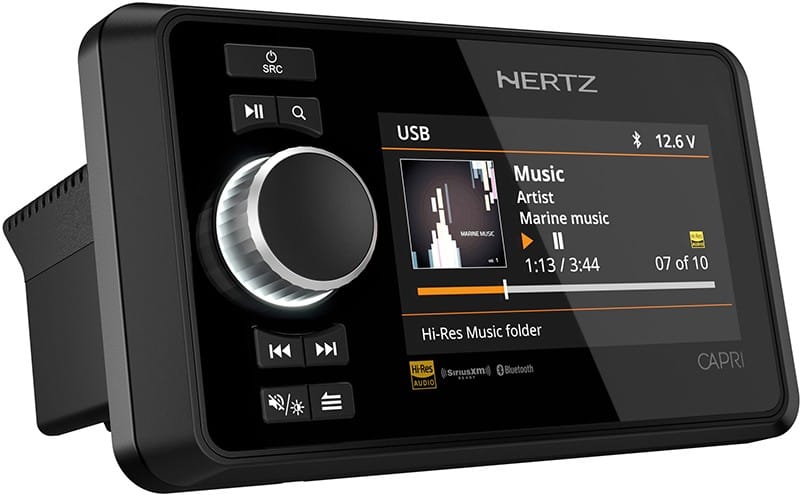
Source Options
The Capri H100 features an AM/FM receiver with tuner frequency spacing support for countries worldwide. RDS and RDBS information display is also supported, so you can see what track is playing, assuming the station broadcasts that information. The radio will also receive Weather Band information so you can stay up to date with the marine forecast in your area.
If you want the best sound quality from your entertainment system, you must start with the best source. Connecting a USB memory stick with FLAC, WAV or Vorbis files will deliver high-resolution audio playback. You can also play MP3, WMA or AAC files. The radio supports USB memory sticks up to 256 GB in size with as many as 9999 files on the stick.
The Capri H100 isn’t shy about inputs. First, there’s an RCA input that you can use with a media or DVD player. A TOSLINK S/PDIF input also supports 24-bit, 192 kHz audio streams.
Moving down the sound quality food chain takes us to Bluetooth. The Capri is state-of-the-art, supporting LDAC and aptX HD high-resolution formats. If your Android phone supports these transmission types, your music will sound better than the classic AAC protocol. You may have to dig into your phone’s menu to turn these all on. Those of us with an iPhone are stuck with AAC.
The H100 can be upgraded with a SiriusXM SXV300 tuner module and antenna if you want to enjoy genre-specific entertainment. This is a must-have in rural regions without terrestrial radio stations or cell service.
System Connectivity and Expansion
Let’s start by looking at the audio outputs. The built-in four-channel amplifier is rated to produce up to 70 watts of power when driving four two-ohm loads. Continuous ANSI/CTA-2006 compliant output is 26 watts per channel into four four-ohm loads.
The Capri H100 is a multi-zone radio with four sets of stereo and subwoofer RCA outputs rated for four volts RMS. Each stereo output has an optional high-pass filter that can be set to 60, 80 or 100 hertz. The subwoofer outputs have the same low-pass frequencies. There’s also an eight-band graphic equalizer for each of the four zone outputs. Your installer could configure a system for the helm, the main seating area, a front berth and the cabin.
The deck is part of Hertz and Audison’s Full DA HD ecosystem. As such, it features a coaxial S/PDIF output with support for 24-bit, 192 kHz digital audio. If you want to feed a digital signal processor with a clean signal, this connection has you covered.
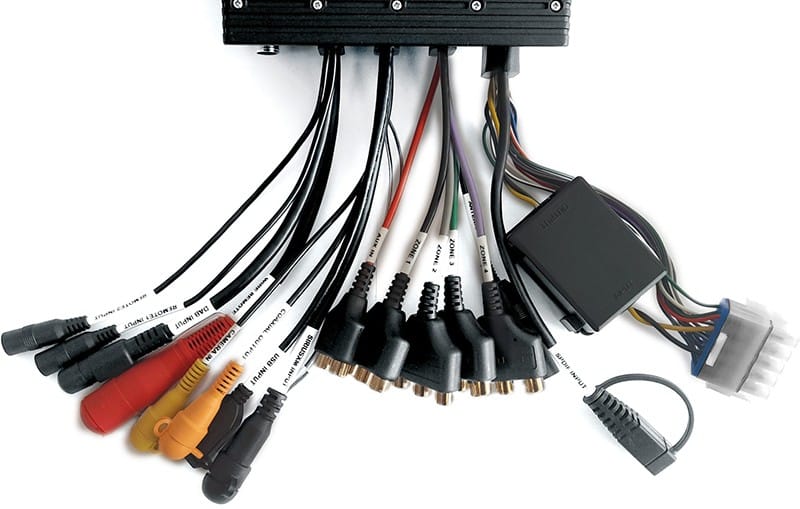
Remote Control Options
The Hertz Capri H100 can be upgraded with your choice of wired remotes to make controlling the radio from around a large boat easier. The optional Capri HD1 mimics the functionality of the main Capri H100 radio and includes the same controls and color display. If you want something more streamlined, the compact HMC U1 remote has source, volume and track selection buttons in a small chassis. The latter would be ideal for a swim platform where its compact size is a big feature.
An NMEA 2000 port on the back of the radio chassis allows you to connect the H100 to a multi-function display.
What you might not have seen coming is the Hertz Marine Control app for your Apple or Android smartphone. You have complete control over all four zones’ source options and volume levels when connected. Your installer can use the app to set crossover points and fine-tune the equalizers as mentioned earlier.
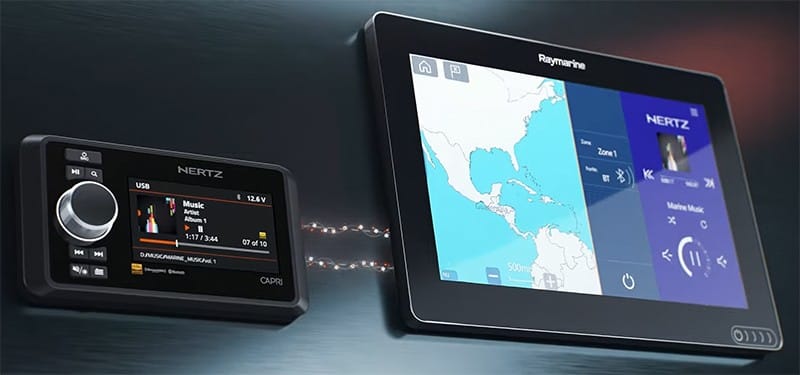
The Heart of a Premium Marine Audio System
Whether you have a bowrider, wakeboard boat, or want a multi-zone audio system for your cruiser or yacht, the Hertz Capri H100 marine radio is the perfect solution. Combine it with high-quality speakers, amplifiers and subwoofers, and you have entertainment options that are perfect for an evening of dinner and drinks with friends or blasting around the lake with someone on the tow rope.
Visit the Hertz website and use their dealer locator tool to find an authorized retailer near you. While online, be sure to follow Hertz on Facebook, Instagram and, of course, YouTube.
This article is written and produced by the team at www.BestCarAudio.com. Reproduction or use of any kind is prohibited without the express written permission of 1sixty8 media.
